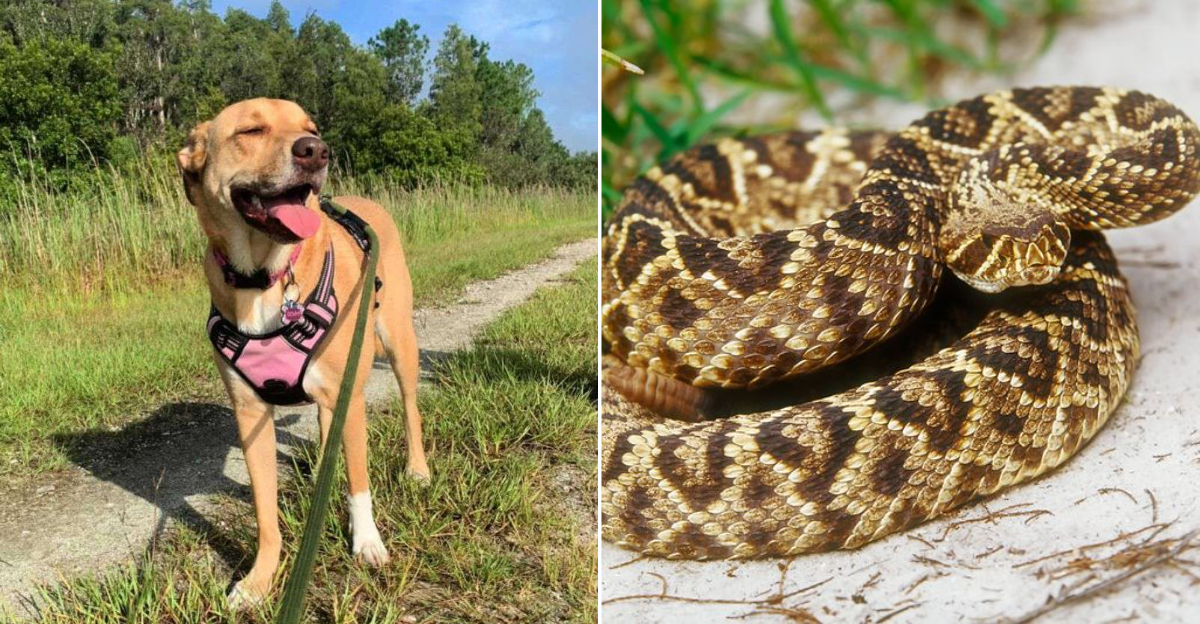Florida’s wild side isn’t just fascinating — it can be downright dangerous for your dog.
With gators in the water, snakes in the grass, and all kinds of exotic critters hiding in plain sight, the Sunshine State’s natural beauty comes with serious risks for your four-legged sidekick.
But don’t worry — with the right precautions, you and your pup can explore paradise safely, one pawprint at a time.
1. Leash Up For Life-Saving Protection
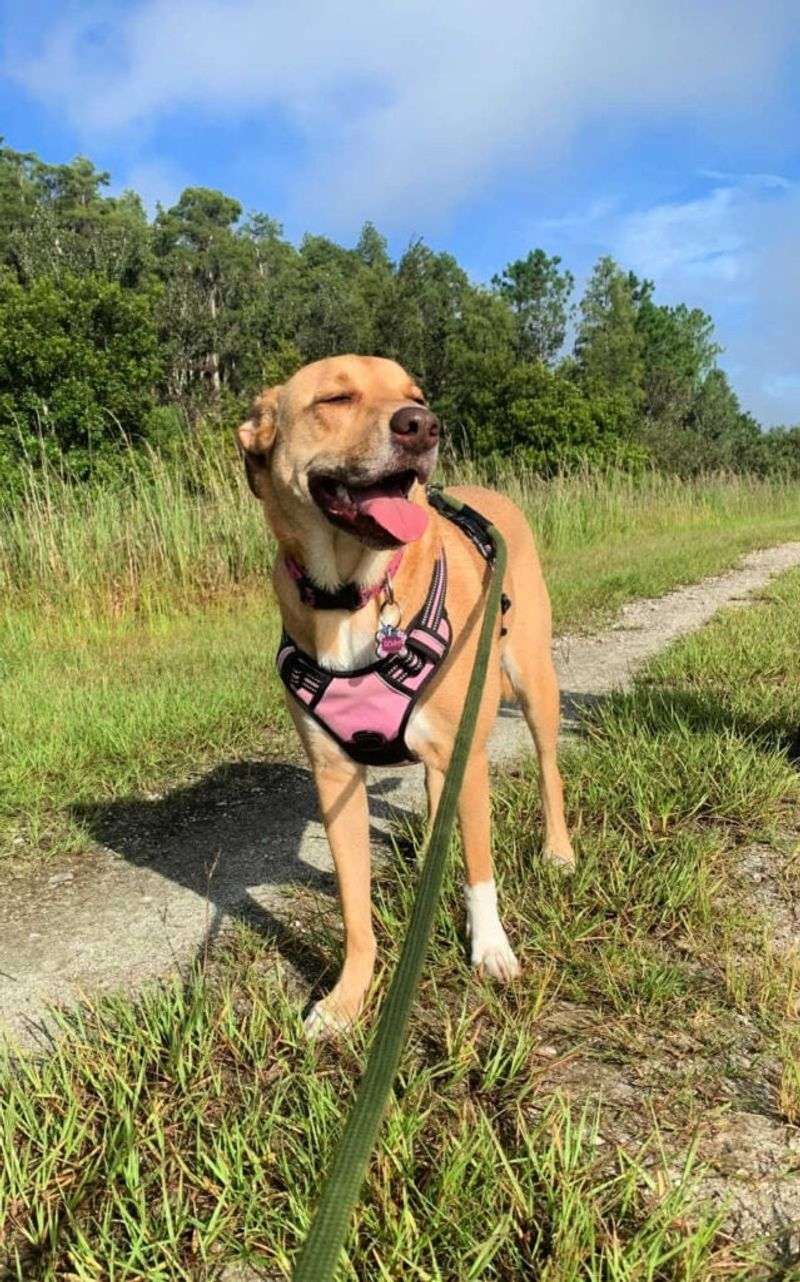
That retractable leash isn’t just a legal requirement—it’s your dog’s lifeline in Florida’s wild spaces. Even the most obedient pooches can’t resist the temptation of chasing after a scurrying armadillo, potentially leading them straight to a gator’s territory.
I learned this lesson when my Labrador Molly nearly encountered a cottonmouth while off-leash at a state park. A quality 6-foot leash gives you control while still allowing exploration. For areas with known wildlife activity, consider a shorter tactical leash for maximum control.
Remember: no matter how empty a trail seems, Florida’s wildlife is masters of camouflage and ambush.
2. Ban the Swim In Freshwater Bodies
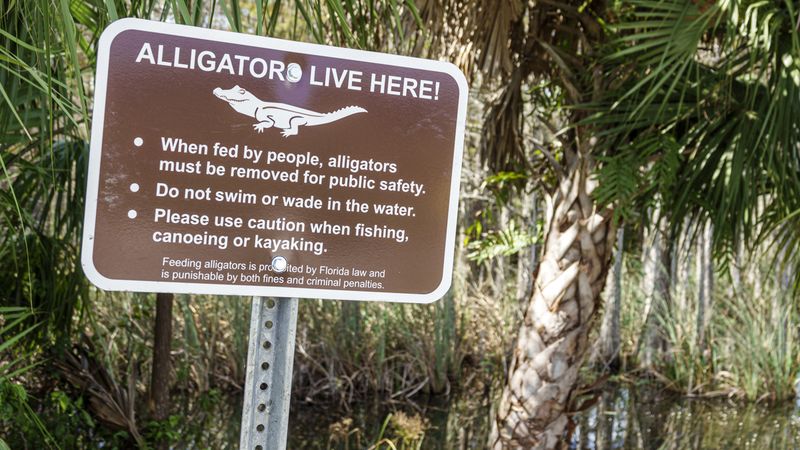
Those inviting lakes and ponds throughout Florida harbor a deadly secret—alligators consider them home. Alligators view splashing dogs as prey, making even shallow water dangerous. One second your pup is paddling happily; the next could be catastrophic.
Instead, seek out dog-friendly beaches along the Gulf or Atlantic coasts where saltwater keeps most gators away. Many Florida communities also offer designated dog swim areas in chlorinated pools during special events.
When hiking near water, maintain at least 15 feet of distance from shorelines, especially during spring and summer when alligators are most active and aggressive.
3. Create A Wildlife-Proof Backyard Fortress
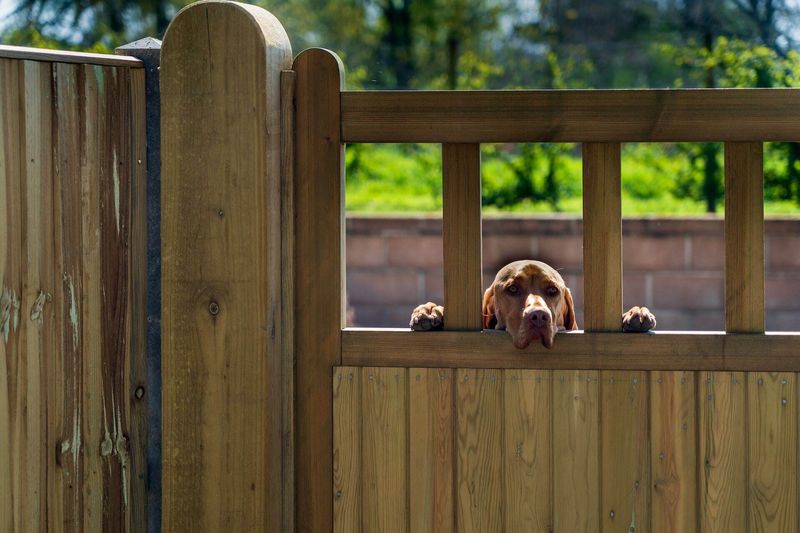
Your backyard should be your dog’s safe haven, not a wildlife welcome center. Florida’s critters—from venomous snakes to disease-carrying raccoons—regularly prowl residential areas seeking food and shelter.
Invest in solid fencing that extends at least six inches underground to prevent digging predators. Chain-link won’t stop determined wildlife, so opt for solid vinyl or wood panels at least five feet high. Remove brush piles, keep grass short, and trim low-hanging branches that could serve as wildlife highways into your yard.
Snake-proof fencing additions with fine mesh at the bottom can be lifesavers in areas known for rattlesnakes and cottonmouths.
4. Arm Your Dog With Florida-Specific Vaccinations

Florida’s warm, humid climate creates optimal conditions for diseases carried by wildlife. Leptospirosis—spread through the urine of infected animals like raccoons and opossums—lurks in puddles and waterways your curious canine might investigate with a quick lap of the tongue.
Beyond the standard rabies vaccine, Florida dogs need protection against leptospirosis, Bordetella, and potentially rattlesnake vaccines depending on your location. The rattlesnake vaccine buys precious time if your dog tangles with one of Florida’s six venomous snake species.
Work with a local vet familiar with regional wildlife threats to create a customized vaccination schedule that addresses your dog’s specific lifestyle and exposure risks.
5. Master The Wildlife Identification Game

Florida hosts six venomous snake species that your dog could encounter before you even spot the danger. The difference between a harmless black racer and a deadly coral snake could save your pet’s life and thousands in emergency vet bills.
Download the Florida Wildlife Commission’s identification app and learn to recognize the diamond pattern of rattlesnakes, the copper head of cottonmouths, and the red-yellow-black bands of coral snakes. Equally important: identify the tracks and scat of coyotes, bobcats, and wild boars that frequent dog-walking areas.
Snap a photo (from a safe distance) if you’re unsure about wildlife you encounter—local ranger stations can help with identification.
6. Schedule Wildlife-Smart Walking Times
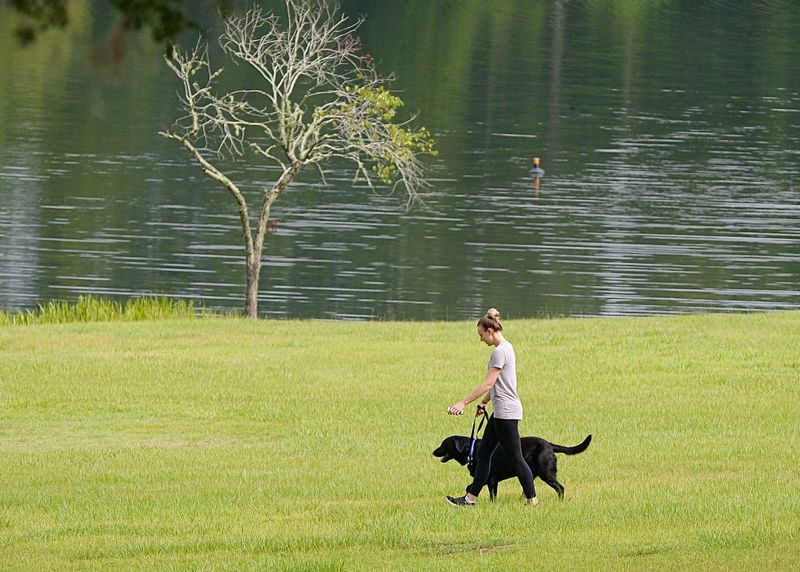
Dawn and dusk may seem like the perfect times for dog walks in Florida’s heat, but they’re also prime hunting hours for predators. Coyotes, bobcats, and alligators are crepuscular hunters—most active during these twilight periods when your Chihuahua might look like a convenient snack.
Mid-morning walks (9-11 AM) offer the safest window when most wildlife has bedded down for the day. Carry a bright flashlight even during daylight hours to check shadowy areas and beneath vegetation before your dog investigates.
Rainy days require extra vigilance as Florida’s snakes often emerge during wet weather to hunt frogs and other prey activated by the moisture.
7. Train Rock-Solid Emergency Recalls

“Fido, COME!” might be the three most important words your dog ever learns in Florida. A rock-solid emergency recall command could prevent a deadly wildlife encounter faster than any physical barrier.
Train this command using high-value treats reserved ONLY for emergency recall practice. Your dog should associate this special command with something extraordinary—like cheese or chicken—that they never get otherwise. Practice in increasingly distracting environments until your dog responds instantly even with temptations nearby.
Add a whistle to your training; the sound carries further than your voice when panic sets in after spotting an alligator or snake near your beloved pet.
